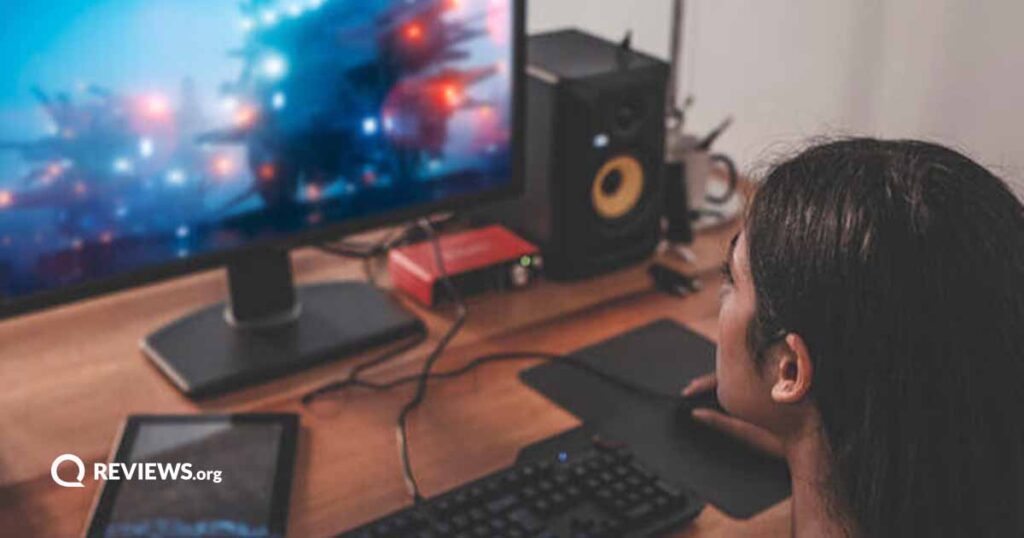Having a secure Wi-Fi network is extremely important to your internet safety. If you suspect there’s someone using your Wi-Fi network, you need to find out about it. You might be wondering, “Why does it matter if someone else uses my Wi-Fi?” There are a number of reasons.
It’s true that your home network will run slower when more people are using it. However, this is really the least of your worries. Slow Wi-Fi is only a symptom of a much bigger problem. If there’s an unwanted guest or an unknown device connected to your network, that person will be able to access data from your computers and other devices connected to the same Wi-Fi. This puts your information in jeopardy.
We want to help you figure out who’s connected to your Wi-Fi network so you can keep your data safe and protect your privacy online. Stop wondering why your connection is so slow. Instead, follow these tips to figure out if there’s someone else connected to your Wi-Fi and increase your network security.



